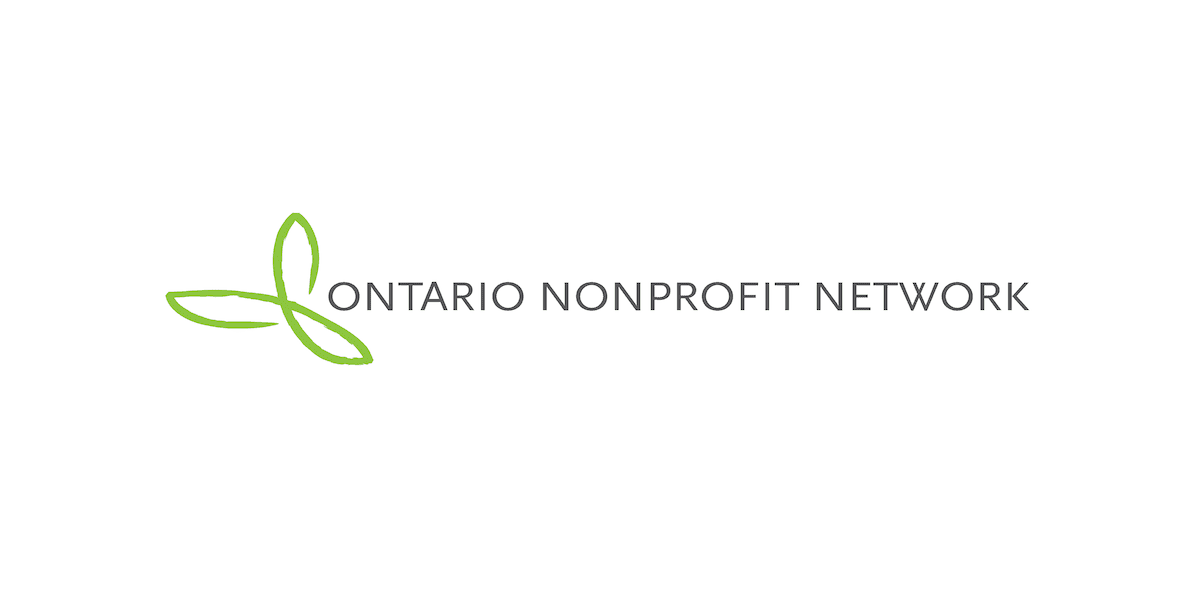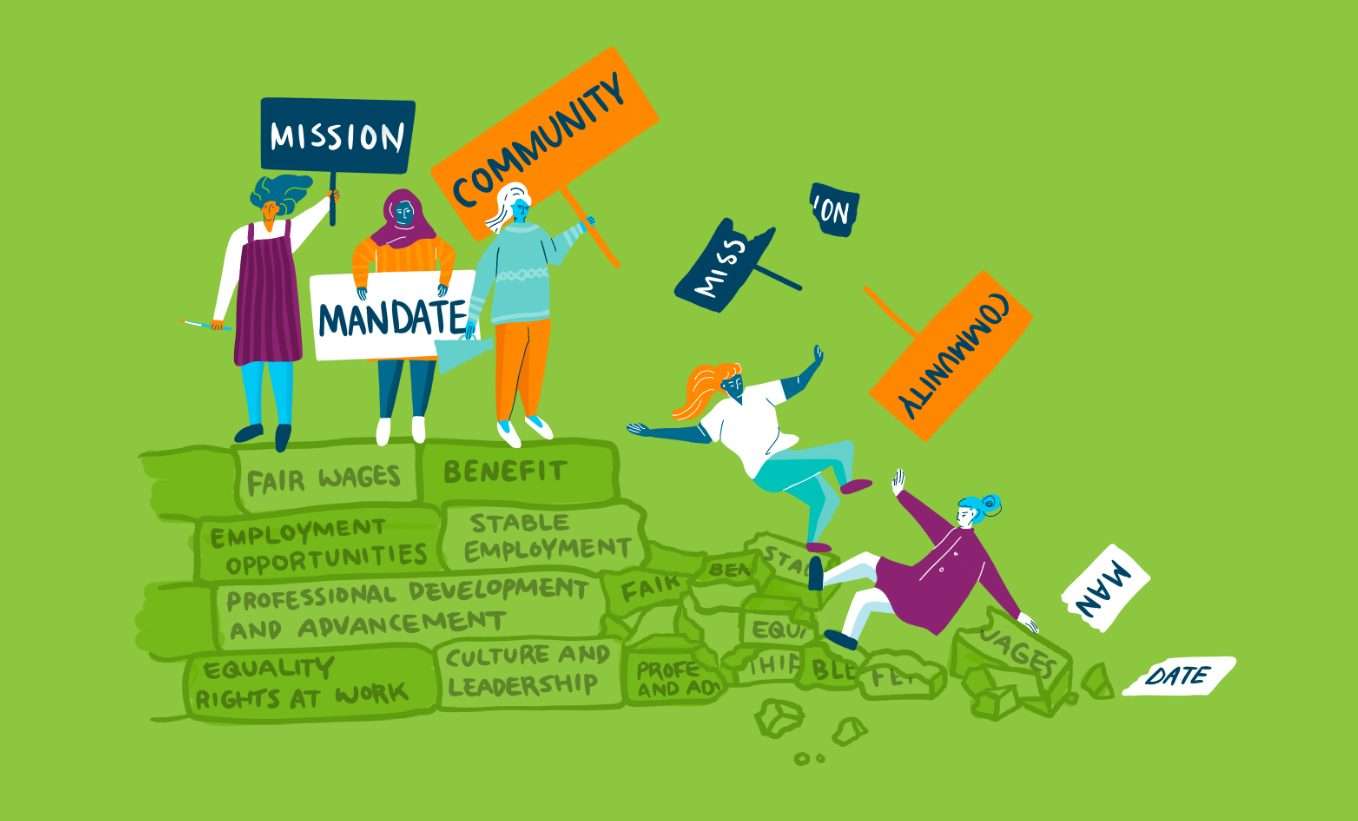
Blog
#TimeToLead: Enhancing Women’s Leadership Development
Written by: Ray Eskritt, Christina Labarca & Lauren Phillips
This fall, three of Carleton’s Philanthropy and Nonprofit Leadership graduate students excitedly embarked on their Capstone project, conducting research for ONN regarding the state of women’s leadership development in Ontario. As noted by ONN, the need for supporting women in nonprofits is clear, with the sector being women majority, but not women-led. Our research indicates that while leadership development programs provide women with the training they need, four factors enhance the effectiveness of women’s leadership programs: applying a gender lens, creating a safe space, providing mentorship, and accounting for the time it takes to develop leadership skills.
Applying a gender lens
Leadership theory is typically based on white males so most literature points to the importance of focusing on specific skills or curriculum design to support women. However, we found that the effectiveness of women’s leadership training depends less on the gender-specific design of the curriculum and more on creating a space that gives women the opportunity to share their unique experiences, promote their ideas and express their individual capabilities. Leadership training does not require reinventing the wheel and redesigning curricula specifically for women, but designating time and space for women’s opinions, experiences and needs.
Creating a “safe space”
Women’s only training programs should not only make room for open and honest communication, but also create a “safe space” environment that gives women freedom from stereotypes and expectations of femininity. Surprisingly, one interviewee suggested that women’s only spaces are needed to reduce the likelihood of sexual harassment between participants. In contrast, other interviewees begrudged the need for women’s only programs, describing them as old-fashioned and unfortunate, but emphasized the need for women to have a “safe space” to build confidence and find empowerment through their unique leadership styles.
Mentoring
Leadership training does not happen in isolation, so current literature highlights the benefits of establishing a mentor-mentee relationship. Interestingly, formal mentorship programs do not always ensure long-term success. Despite the fact that a mentor and mentee might have similar backgrounds, interests or geographical proximity, this does not guarantee a successful mentorship. Opportunities to create informal mentoring relationships, through the use of social media groups or networking events, tends to lead to more authentic and sustainable mentoring relationships.
Time to develop as a leader
Many of us are familiar with the 10,000 hour rule which argues that the hours of practice contribute to a level of expertise or “mastery” of a skill. This applies to leadership as well. Simply taking a week-long course does not make someone a leader, and our research emphasizes the need to ensure that leadership development and training is ongoing. Women’s leadership training must account for the time needed to invest in developing leaders’ skills, confidence and abilities.
Ultimately, our research demonstrates that becoming an effective woman leader in the nonprofit sector requires more than just a training program. Applying a gender-specific lens, creating a “safe space”, providing quality mentorship and allowing for time to develop as a leader are all essential elements to supporting women’s leadership. It’s time for women to have access and support to develop as leaders, it’s time for women to be at the forefront of leadership training design, it’s time to have a women majority sector become women-led. For women in the nonprofit sector, it’s #TimeToLead.





